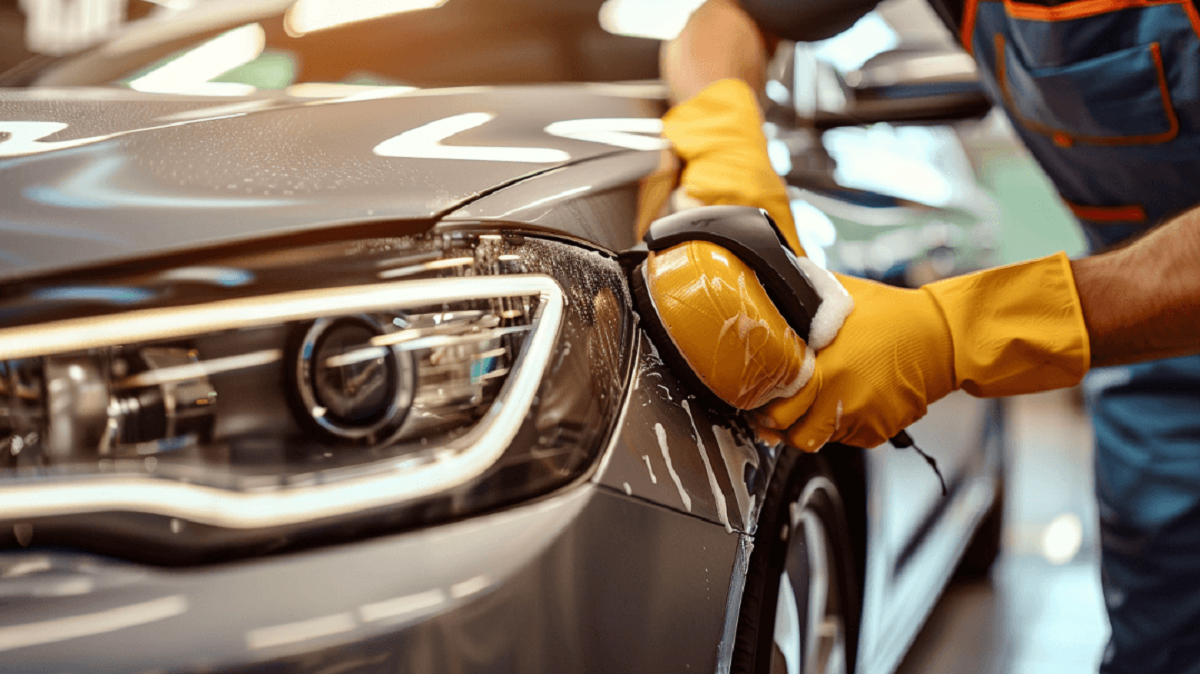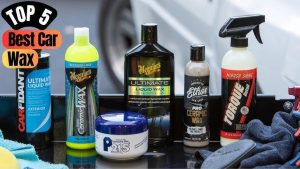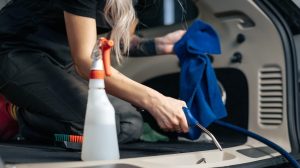Car buffers can make all the difference in how well-finished your pride and joy looks, saving both time and strain on your elbow when used correctly.
An effective car buffing pad should flex easily when subjected to pressure. Prior to use, always season it by applying a light coat of wax on its surface.
Polishing Compounds
Car wax provides UV protection, contaminant resistance, and long-term shine for your vehicle. A buffer makes the application process faster while eliminating streaks or patches caused by manual application of wax.
Polishing compounds come in a range of grits to meet any individual need. For instance, rubbing compounds are designed to remove general scratches and oxidation with aluminum oxide or silicon carbide and can be applied directly onto clear coat surfaces of vehicles. For more serious imperfections or more aggressive repairs, cutting compounds may be more suitable as their cutting action uses cerium oxide or diamond dust as an abrasive.
Buffer pads serve as the medium through which you apply polish to a car, and come in various abrasiveness levels and color codes to help avoid mixing up the different abrasives used to polish. To prevent mixing them up and to maintain an efficient polish application process, it’s wise to swap out your pad after every polishing compound application.
An application pad with a soft, smooth texture is ideal for applying car wax. It should not be too rough or aggressive, enabling light pressure and straight lines when buffing off excess wax. Furthermore, its spinning action generates gentle heat that bonds the wax to paint for long-term shine and protection.
Microfiber Towels
Microfiber towels are essential when applying and removing wax from cars. Their supersoft yet absorbent material means there’s little risk of scratching when used correctly; plus their quick-drying material reduces bacterial growth and water spots quickly. With several sizes, materials and thickness options to choose from you are sure to find the ideal towel for you.
Purchase a quality microfiber towel with a high GSM rating that has been labeled suitable for detailing use. Regularly launder your microfiber towels using cold or warm water with microfiber detergent (not fabric softener) in order to prevent shrinkage of its fibers. Do not wash microfiber towels alongside cotton towels or anything that might damage their fabric and avoid placing on high heat when drying your microfiber towels.
Always ensure you keep wheel and metal polishing towels separate from plush drying towels to reduce cross contamination and ensure the latter stay in their pristine state for their next task. Once an old towel no longer cleans as effectively, it should be retired to another task.
Buffing Pads
Many buffers come equipped with pads as part of a starter package or can be ordered individually. Always choose pads that are appropriately sized for both your buffing machine and polish type; too-small pads may generate too much heat to be controlled properly, while too-large pads produce less but are difficult to manage and may cause scratches in your surface.
Beginning by practicing on a small area of your car to familiarize yourself with how the buffer operates and to assess any raised edges or sharp contours which might damage surfaces when buffing, masking them beforehand with painter’s tape is recommended for this step.
Once you are finished buffing a panel, inspect it closely for swirls and scratches to determine whether you achieved your desired result with your chosen product/pad combination. If all swirls and scratches have vanished from view, this could indicate success; otherwise you may require more aggressive products/pad combinations to reach desired results.
Always have multiple pads ready and waiting, ready to replace one when it becomes oversaturated with product, to maximize results and reduce splatter. Color-coded pads may further minimize cross-contamination risk, so if unsure which to use ask someone with experience using that type of buffer for advice.
Wax
Waxing requires using quality buffers that will systematically erase minor flaws at an atomic level while protecting and shining your paint job. A great product from Meguiars would do just this, with its use beginning by washing and drying your car completely before applying a small amount of wax with circular movements onto its buffing pad before spreading it over your vehicle in circular movements using circular buffing motions – too much can lead to streaking issues and after it dries haze-like, buff off with microfiber cloth or chamois before buffing off with microfiber cloth or chamois.
Before waxing your car, buffing can help remove minor scratches and swirl marks to make the paint appear fresher. While waxing, the rotating action of a buffer heats up the paint surface so that it bonds better with wax for an enhanced shine that lasts longer. For optimal results it is best performed outdoors on an overcast day as sunlight will harden quickly the wax coating quickly.
If you’re new to this process, it is recommended that you practice on an inconspicuous area of the vehicle prior to working on your pride and joy. Also keep a few extra buffing pads handy in case one becomes worn out; and wear protective rubber gloves while working.



